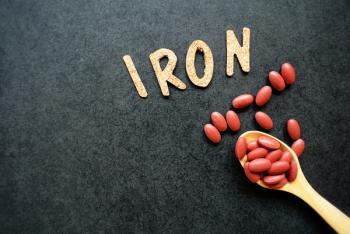
AHA: Religious Participation Tied to Higher Obesity Risk
Obesity appears to be more common in people who participate in religious-based events at least once a week during young adulthood, according to research presented at the American Heart Association's Nutrition, Physical Activity, and Metabolism/Cardiovascular Disease Epidemiology and Prevention 2011 Scientific Sessions, held from March 22 to 25 in Atlanta.
THURSDAY, March 24 (HealthDay News) -- Obesity appears to be more common in people who participate in religious-based events at least once a week during young adulthood, according to research presented at the American Heart Association's Nutrition, Physical Activity, and Metabolism/Cardiovascular Disease Epidemiology and Prevention 2011 Scientific Sessions, held from March 22 to 25 in Atlanta.
Matthew J. Feinstein, of Northwestern University in Chicago, and colleagues followed 2,433 Coronary Artery Risk Development in Young Adults study participants at years two and 20 of the study. Participants were between ages 20 and 32 at year two. The researchers' objective was to evaluate the correlation between frequency of religious participation and incident cardiovascular risk factors (RFs) and subclinical cardiovascular disease.
The researchers found that, at year two, those who participated in religious events frequently, at least once a week, were more likely to have a higher body mass index at that time. They were nearly twice as likely as those with no religious involvement to be obese by year 20. The researchers also found that those with high religious involvement at year two were more likely to be female and black.
"Frequent religious participants are particularly likely to become obese between young adulthood and middle age, even after adjustment for demographics and baseline cardiovascular RFs. Our study in a well-described, community-based sample confirms a longitudinal link between religious involvement and obesity. This highlights an opportunity for cooperation between medical and religious communities to create targeted anti-obesity interventions," the authors write.
Newsletter
Get the latest clinical updates, case studies, and expert commentary in obstetric and gynecologic care. Sign up now to stay informed.










